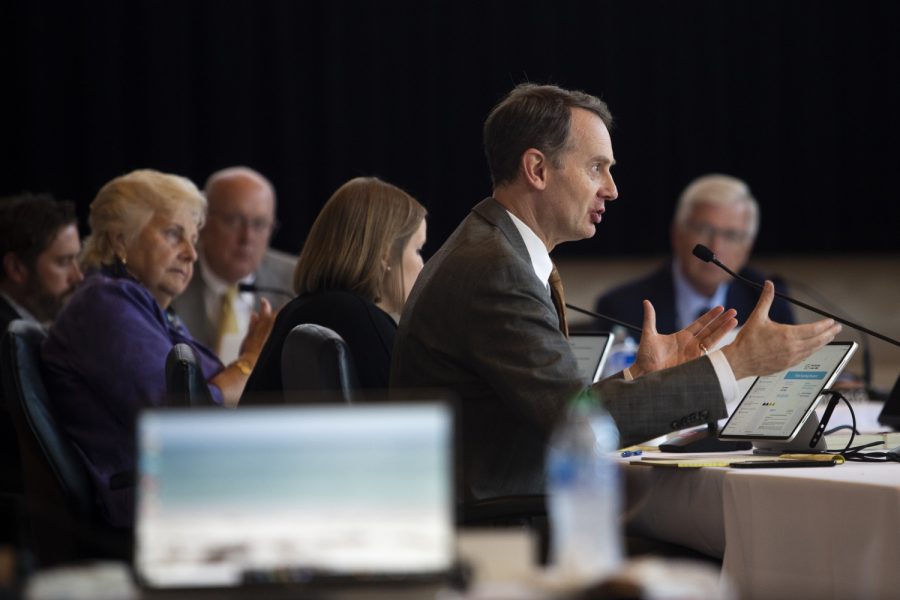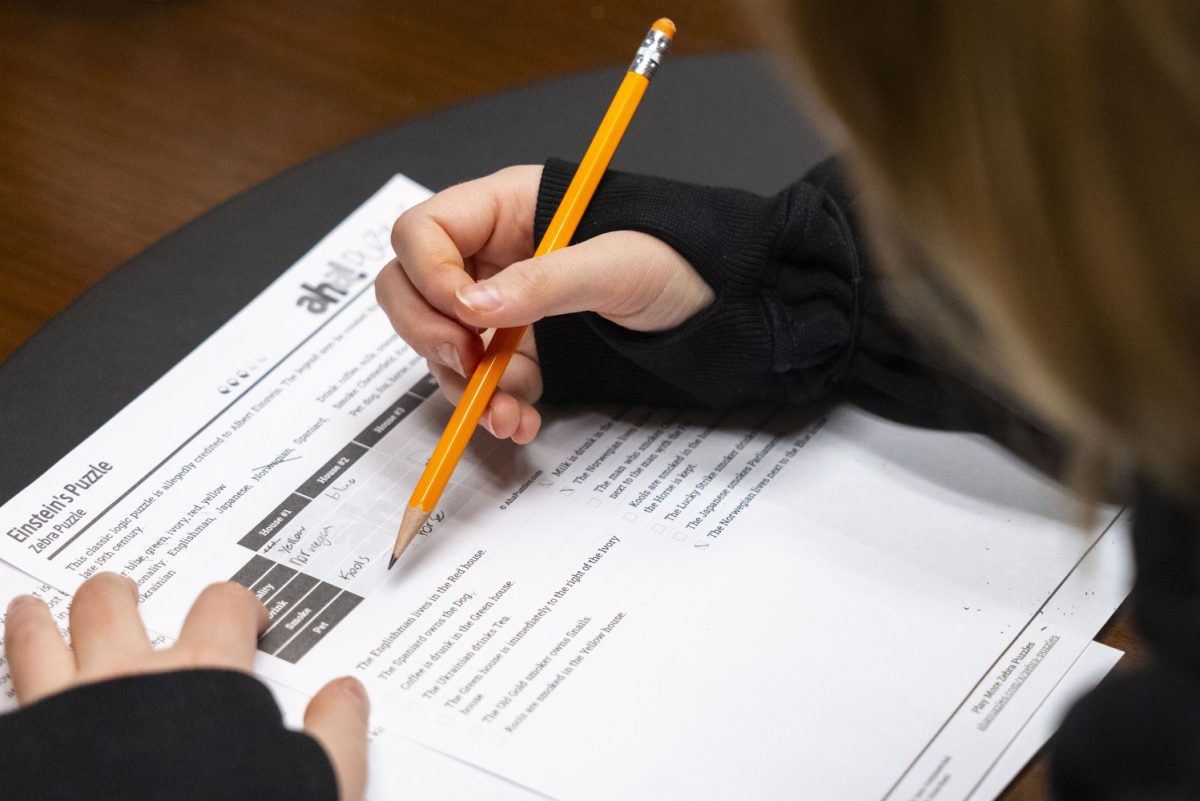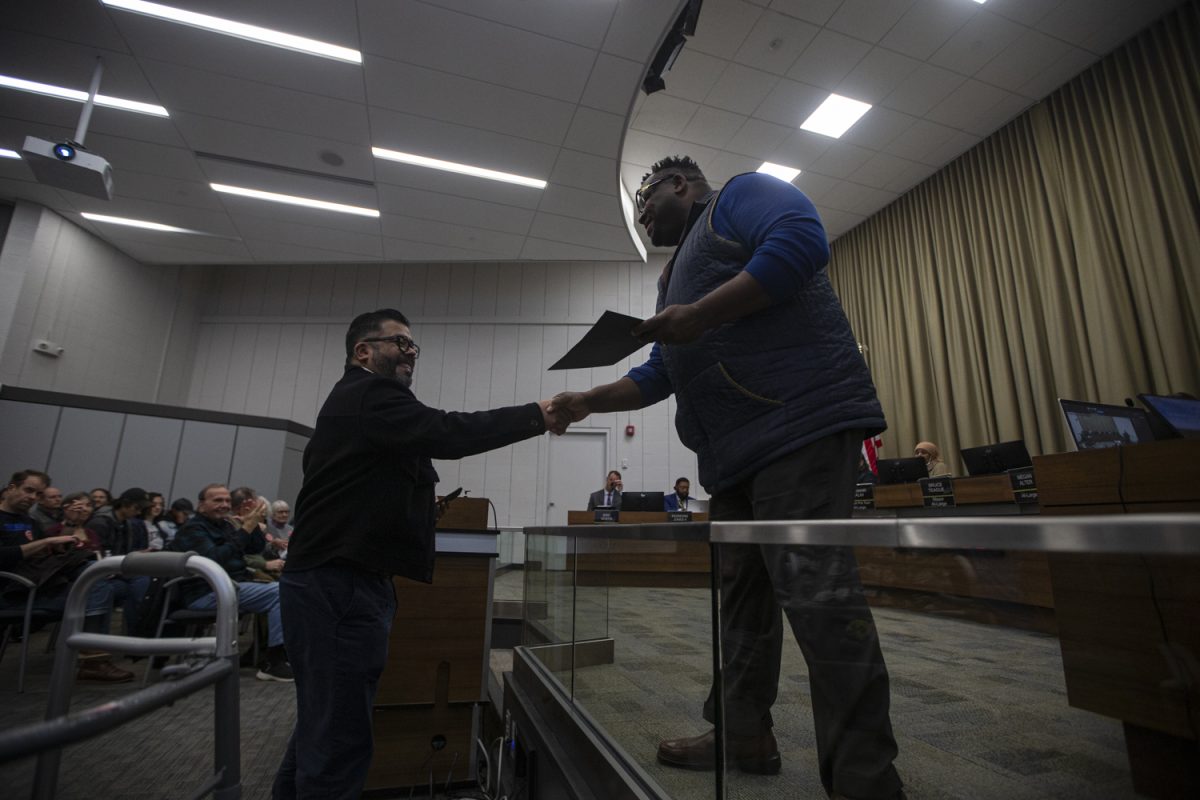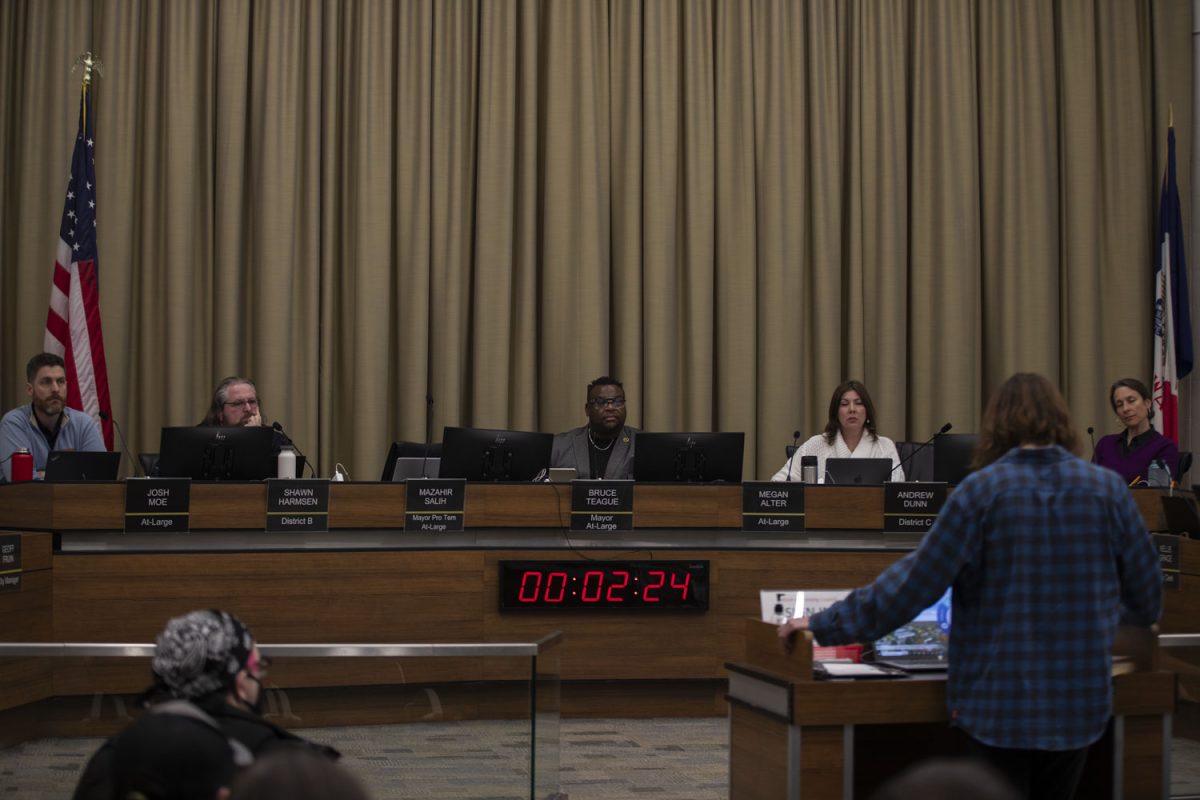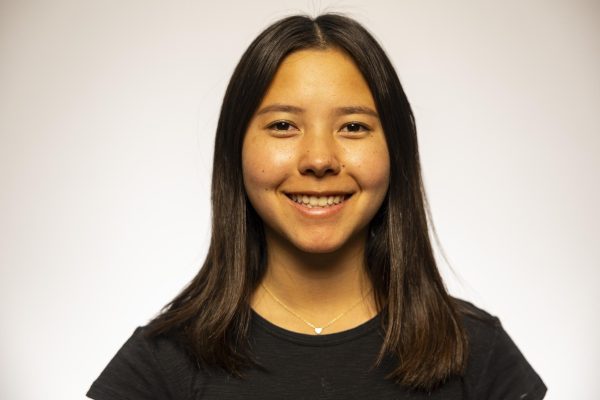The University of Iowa has seen a decrease in the number of tenured faculty members across departments in the last decade.
According to a data digest from the Office of the Provost published in 2024, the UI had 1,240 tenured faculty in 2014. The number has since declined by 166 members.
A recent Board of Regents report revealed that there were 1,123 tenured faculty members at the UI in the 2021-22 school year. That number now sits at 1,074 for the 2023-24 school year.
Though the number of requests for tenure has been on the incline with 277 requests in 2020 to 314 requests in 2024, there have been deficits in the overall hiring and retention of already-tenured faculty members.
UI Faculty Senate President Ed Gillan said this reduction in tenured faculty members can be attributed to the number of tenure-track faculty members who wish to remain instructors.
“There are some people along that six-year time period who say they want to do something different and want to be an instructor. They then move to a different track,” Gillan said.
Those faculty members begin at the assistant professor level before becoming tenured faculty members. At the end of six years, faculty members are evaluated for tenure.
During those six years, assistant professors will teach and conduct research during their time on the tenure track.
Additionally, Gillan said the budget can be attributed to this reduction as well. Often, bringing in a tenure-track faculty member can be more costly in the beginning, which can then impact tenure hiring.
“These are collegiate decisions and bringing in a tenure track faculty member is a big investment,” Gillan said.
UI Executive Vice President and Provost Kevin Kregel said there is a myriad of reasons for this reduction, one of them being fluctuations in the number of faculty members employed at the university due to changes in programming at the collegiate level, retirement, and where faculty members are being placed.
“It is a very small percent decline and we want to reverse that trend,” Kregel said.
According to a report, the University of Michigan reported 3,195 tenured and tenure-track faculty members in 2023. In 2014, the university reported 3,051 tenured and tenure-track faculty members, an increase of 144 faculty.
Kregel said the university has four different faculty tracks: tenure track, clinical track, instructional track, and research track.
Tenure track faculty members are eligible for tenure after six years at the university. Instructional track faculty members are appointed for instruction only. Clinical tracks and research tracks are appointed through the Carver College of Medicine with research tracks being specifically focused on research at the university.
“In the last five years, we have seen an increase of roughly 100 clinical faculty members,” Kregel said.
With the need for more clinical track faculty members at the patient care level and instructional track faculty members, Gillan said, there is often a reduction in the number of tenured faculty members.
Kregel said retaining faculty can be a challenge as many other universities want UI faculty members at their universities. According to the university’s retention information and resources, roughly 20 percent of faculty and staff members leave their job within the first year.
Currently, Kregel said, the UI has worked to retain and support faculty members with scholarships, salary adjustments, and leadership positions.
“We are going at this from multiple different angles, and what is most important is to get these forms of support to them early on before they have an offer from a different university,” Kregel said.
RELATED: Faculty numbers decline at all three regent institutions in Iowa
Faculty morale has been hit at the UI as well — Gillan said many faculty senate members have expressed their concerns, particularly about being overworked due to not having enough faculty.
“Sometimes faculty are asked to do things that are more time-consuming and take on the burden of teaching a larger class, and there is that feeling that you don’t have time to do it all,” Gillan said.
Kregel said when looking at potential faculty recruits to combat this reduction, it is important for new recruits to see future opportunities they could have at the UI.
“We want them to know that we are vested in their ability to thrive and be productive and realize that we value them and have resources set aside to support them,” Kregel said.









